Entertainment
Kris Jenner Unnerves Fans with “AI” Face, Fans Beg Her to Ditch Khloe-Style … on August 29, 2023 at 7:03 pm The Hollywood Gossip
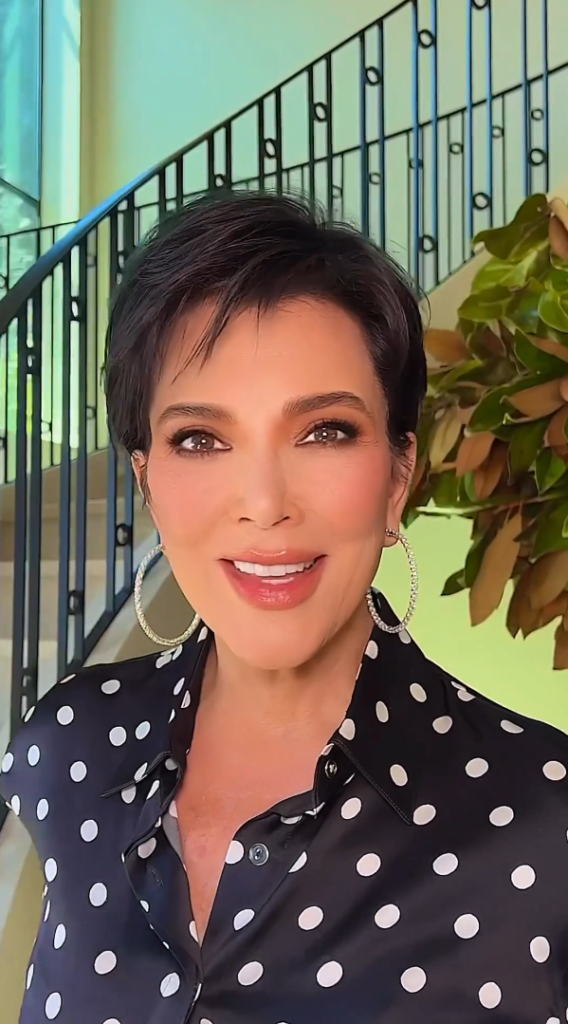
Most of the time, when we talk about a member of this famous family filtering their face, it’s about Khloe Kardashian’s latest look.
Her self esteem has taken some serious blows over the years. And that has spilled over onto social media.
But this time, it’s not about Khloe. Or even about Kim’s recent face update.
Kris Jenner, is that you? Fans are asking just that, because some wondered if a recent video of the momager was an AI counterfeit.
Kris Jenner? Yes, this is a still of her from Instagram, but the filters had some fans wondering if they were seeing the momager — or an AI counterfeit. (Instagram)
On Monday, August 28, Kris Jenner’s makeup artist posted a video of her to show off her glam look. Sort of.
See, Samer Khouzami’s video made heavy use of filtering software.
Clearly, it was intentional. And it seemed that Kris herself liked seeing this altered version of her face. Not all of her followers agreed.
In an August 2023 Instagram video that we simply HAD to convert to a GIF, Kris Jenner did not look like herself. Filters had distorted her beautiful face into something that looks artificial. (Instagram)
Sometimes, these heavily processed versions of human faces run into the uncanny valley issue.
Humans are extremely social animals and, as a species, we rely primarily upon sight to perceive the world around us.
This means that we are extremely sensitive to what does — or does not — resemble a face. We might pick out a “face” in tree bark, or just as easily find a slightly altered human face upsetting.
Does Kris Jenner look like she’s dressed like she’s going to hold the mayor of Gotham hostage? Maybe. But we’re eating up this The Kardashians Season 3 look despite that. Or possibly, because of it. (Hulu)
Commenters, including Kris’ own fans who adore her actual face, felt taken aback and a little disturbed at the video.
“Is this AI?” multiple commenters wondered.
It’s unclear if they meant this as a jab — or genuinely wondered if this was merely the next soulless horror that irresponsible tech bros have churned out.
Kris Jenner spoke about her daughter’s then-boyfriend on Season 2 of The Kardashians, praising his lack of drama and how he gets along with the family. (Hulu)
But, contrary to what commenters speculated, this was not “The AI of Kris Jenner.” And some of them, at least, knew that.
“Embrace your age. This filter is ridiculous,” one frustrated fan expressed.
“What the hell is happening?” asked another. “That’s not her face.”
Kris Jenner speaks her mind on The Kardashians. (Photo Credit: Hulu)
Others urged Kris to post herself “without the filter” because “she is f–king stunning” on her own. True!
“Why add a filter? Kris is stunning,” another opined. “Wrinkles are not a bad thing, I promise.”
True on all counts! But there’s another angle to this.
Khloe Kardashian shared this selfie of herself with Martha Stewart and Kris Jenner at the end of winter in 2022. The filters were too much for a lot of followers. (Instagram)
About a year and a half ago, Khloe shared a similarly distorted photo — editing herself, Kris, and even icon Martha Stewart.
These kinds of filters can easily become a trap, not only for the user’s self esteem.
All of the adult women of this family are influencers. Their little “touch ups” with filters and photoshop can be devastating for the minds and habits of the followers whom they influence.
Kris Jenner Unnerves Fans with “AI” Face, Fans Beg Her to Ditch Khloe-Style … was originally published on The Hollywood Gossip.
Most of the time, when we talk about a member of this famous family filtering their face, it’s about Khloe …
Kris Jenner Unnerves Fans with “AI” Face, Fans Beg Her to Ditch Khloe-Style … was originally published on The Hollywood Gossip.
The Hollywood Gossip Read More
Advice
Master the Art of Film Casting
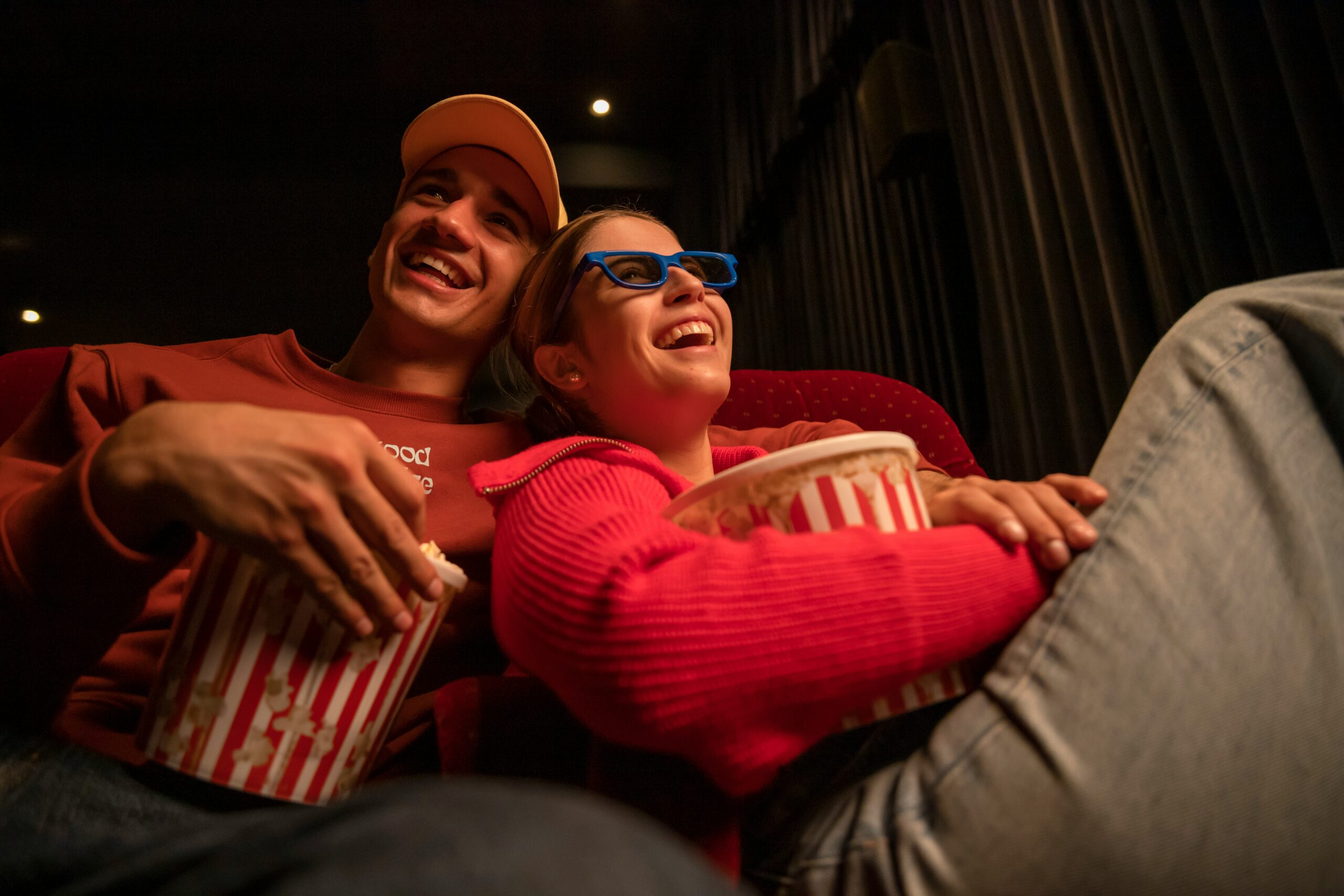
Casting is one of the most critical aspects of filmmaking. The right actor brings authenticity, depth, and energy to a character, enhancing the story and captivating audiences. In this article, we’ll explore how to navigate the casting process, from identifying the ideal actor to ensuring they embody the role in a way that aligns with your vision.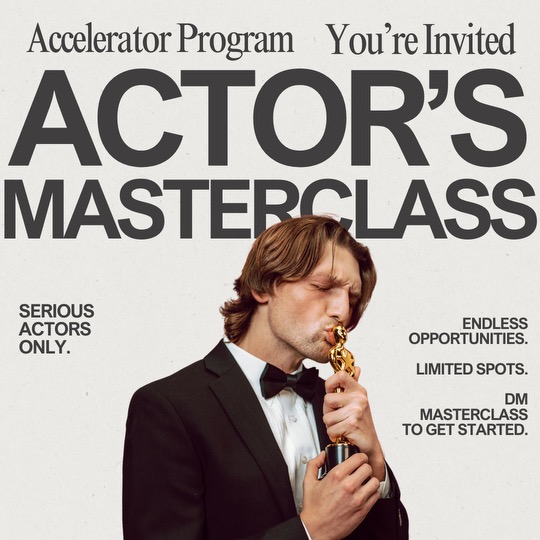
1. Understanding the Role: Defining Your Character
Before casting begins, filmmakers must have a clear understanding of the role they are casting.
- Step 1: Create a detailed character breakdown, including personality traits, backstory, and motivations.
- Step 2: Consider how the character fits into the story’s overall arc.
Example: In Joker (2019), Joaquin Phoenix was chosen not just for his acting ability but for how his physicality and emotional depth aligned with Arthur Fleck’s unraveling psyche.
Takeaway: Know your character inside and out to ensure you find the actor who can fully realize your vision.
2. The Audition Process: Finding the Right Fit
Auditions are a filmmaker’s opportunity to see how an actor interprets the role.
- Tip 1: Use specific scenes during auditions that showcase key aspects of the character, such as emotional range or physicality.
- Tip 2: Pay attention to chemistry during callbacks, especially for roles that require strong interpersonal dynamics.
Example: The casting of Daniel Radcliffe, Emma Watson, and Rupert Grint in Harry Potter was guided by their natural chemistry, which became central to the series’ success.
Takeaway: Don’t just focus on individual performances—consider how the actor fits within the larger ensemble.
3. Balancing Talent and Vision: Making the Final Choice
Sometimes, a highly skilled actor might not align with the director’s vision. Striking a balance is essential.
- Step 1: Evaluate how well the actor understands the character’s emotional core.
- Step 2: Consider if the actor’s physical attributes or mannerisms match your character’s description, while being open to unconventional choices.
Example: Heath Ledger’s unconventional casting as the Joker in The Dark Knight initially raised eyebrows, but his unique interpretation redefined the character.
Takeaway: Be open to surprises—sometimes the best performances come from unexpected choices.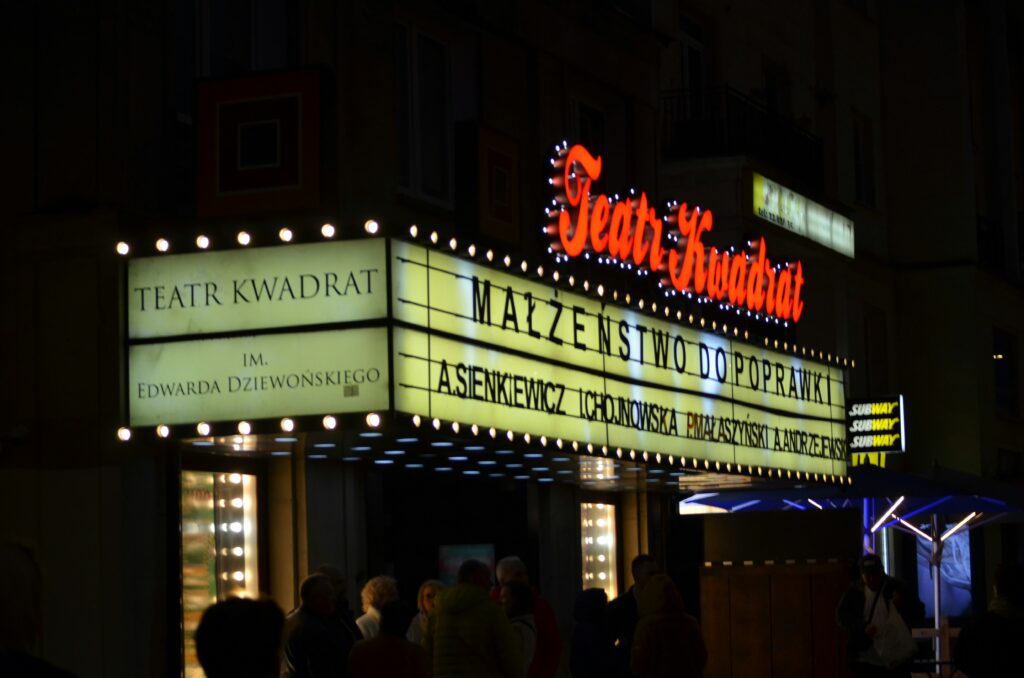
4. Ensuring Authenticity: Preparing the Actor for the Role
Once cast, the actor must embody the character through preparation.
- Rehearsals: Create a collaborative space where actors can explore the character’s nuances.
- Research: Encourage actors to delve into the character’s world, whether through workshops, dialect coaching, or method acting.
Example: For The Revenant (2015), Leonardo DiCaprio immersed himself in harsh environments to authentically portray his character’s struggles.
Takeaway: The casting process doesn’t end with selection—support the actor in fully becoming the character.
5. Collaborating with the Actor: Building Trust
A successful partnership between filmmaker and actor is built on trust and communication.
- Tip 1: Give actors creative freedom while offering constructive guidance to align with the film’s tone.
- Tip 2: Create an environment where actors feel safe to experiment and take risks.
Example: Greta Gerwig’s collaboration with Saoirse Ronan in Lady Bird showcased how mutual respect and open dialogue elevate performance.
Takeaway: A strong director-actor relationship fosters performances that feel organic and compelling.
Conclusion: Casting as the Cornerstone of Filmmaking
The casting process is not just about finding someone to fill a role—it’s about discovering an artist who will bring your story to life. By understanding your character, refining your audition process, and building a strong director-actor collaboration, you can ensure your film resonates with authenticity and impact.
Bolanle Media is excited to announce our partnership with The Newbie Film Academy to offer comprehensive courses designed specifically for aspiring screenwriters. Whether you’re just starting out or looking to enhance your skills, our resources will provide you with the tools and knowledge needed to succeed in the competitive world of screenwriting. Join us today to unlock your creative potential and take your first steps toward crafting compelling stories that resonate with audiences. Let’s turn your ideas into impactful scripts together!
Advice
How to Create Unforgettable Movie Scenes

Introduction: The Anatomy of an Iconic Scene
Unforgettable scenes linger in our minds, resonating long after the credits roll. What makes them stand out? It’s a masterful blend of direction, acting, cinematography, editing, and sound design. These elements work harmoniously to evoke emotion, drive the narrative, and leave an indelible mark on audiences. In this article, we’ll analyze key aspects of iconic scenes and uncover the secrets behind their timeless appeal.
1. Direction: Vision and Execution
The director sets the tone, mood, and vision for the scene. Iconic sequences often reflect the director’s unique style or storytelling approach.
- Case Study: Pulp Fiction (1994) – The “Royale with Cheese” scene.
Quentin Tarantino’s sharp dialogue and deliberate pacing turn an ordinary conversation into a memorable moment. The seemingly mundane dialogue deepens character relationships and sets the tone for the movie.
Takeaway: A clear vision paired with intentional direction ensures that every element serves the story.
2. Acting: Authenticity and Nuance
Great performances breathe life into a scene. Actors convey emotion through expressions, tone, and body language, creating a connection with the audience.
- Case Study: The Godfather (1972) – Michael Corleone’s transformation in the restaurant.
Al Pacino’s subtle expressions convey internal conflict as Michael transitions from a reluctant family member to a calculated leader.
Takeaway: Focus on casting and rehearsing to bring authentic, nuanced performances to your scenes.
3. Cinematography: Visual Storytelling
The framing, lighting, and camera movements guide the viewer’s emotions and enhance the scene’s impact.
- Case Study: Blade Runner 2049 (2017) – The orange-hued Las Vegas.
Roger Deakins’ cinematography immerses viewers in a dystopian world, using bold color and light to evoke a sense of desolation and mystery.
Takeaway: Use cinematography as a storytelling tool, not just a visual aid.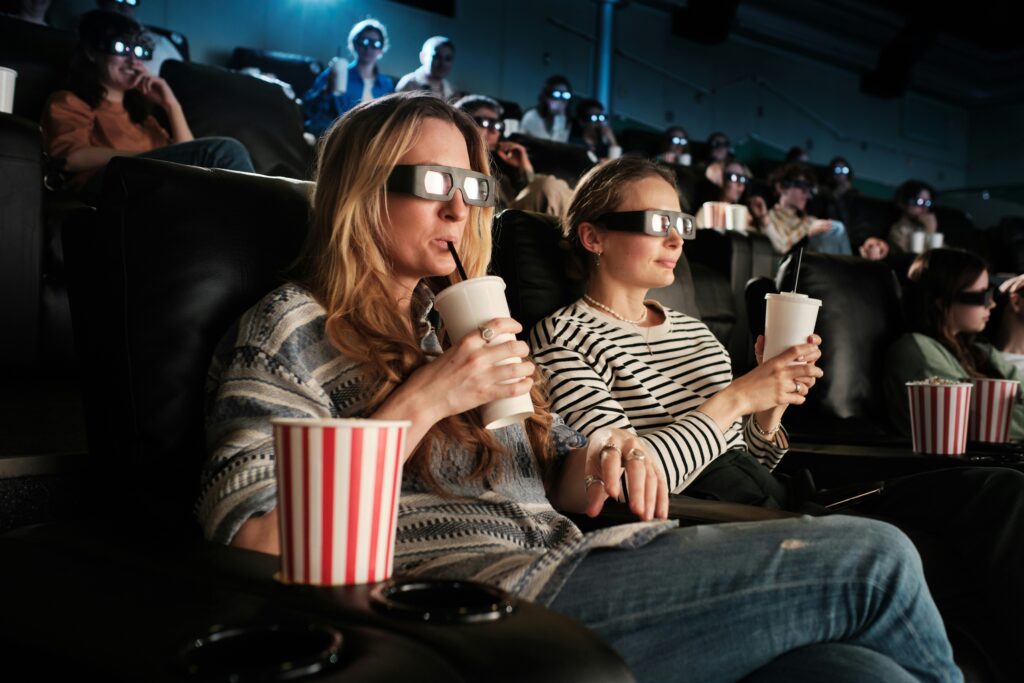
4. Editing: Pacing and Rhythm
Editing determines the flow of a scene, balancing tension and release to maintain engagement.
- Case Study: Whiplash (2014) – The final drum solo.
Quick cuts between Andrew and Fletcher amplify the intensity, culminating in a cathartic release.
Takeaway: Ensure that editing aligns with the scene’s emotional beats and narrative progression.
5. Sound Design: Enhancing Atmosphere
Music, sound effects, and silence heighten emotion and immerse the audience.
- Case Study: Jaws (1975) – The shark’s approach.
John Williams’ iconic score builds dread, using tension-filled notes to signal the shark’s presence.
Takeaway: Sound design should complement the visuals and underscore the emotional core of the scene.
Conclusion: Crafting Your Perfect Scene
Unforgettable scenes are a synergy of art and technique. By studying the interplay of direction, acting, cinematography, editing, and sound, filmmakers can create moments that resonate with audiences. Whether you’re telling an intimate story or crafting a blockbuster, focus on the details that elevate your scenes from good to iconic.
Bolanle Media is excited to announce our partnership with The Newbie Film Academy to offer comprehensive courses designed specifically for aspiring screenwriters. Whether you’re just starting out or looking to enhance your skills, our resources will provide you with the tools and knowledge needed to succeed in the competitive world of screenwriting. Join us today to unlock your creative potential and take your first steps toward crafting compelling stories that resonate with audiences. Let’s turn your ideas into impactful scripts together!
Advice
Reinventing Genres: Tips for Filmmakers
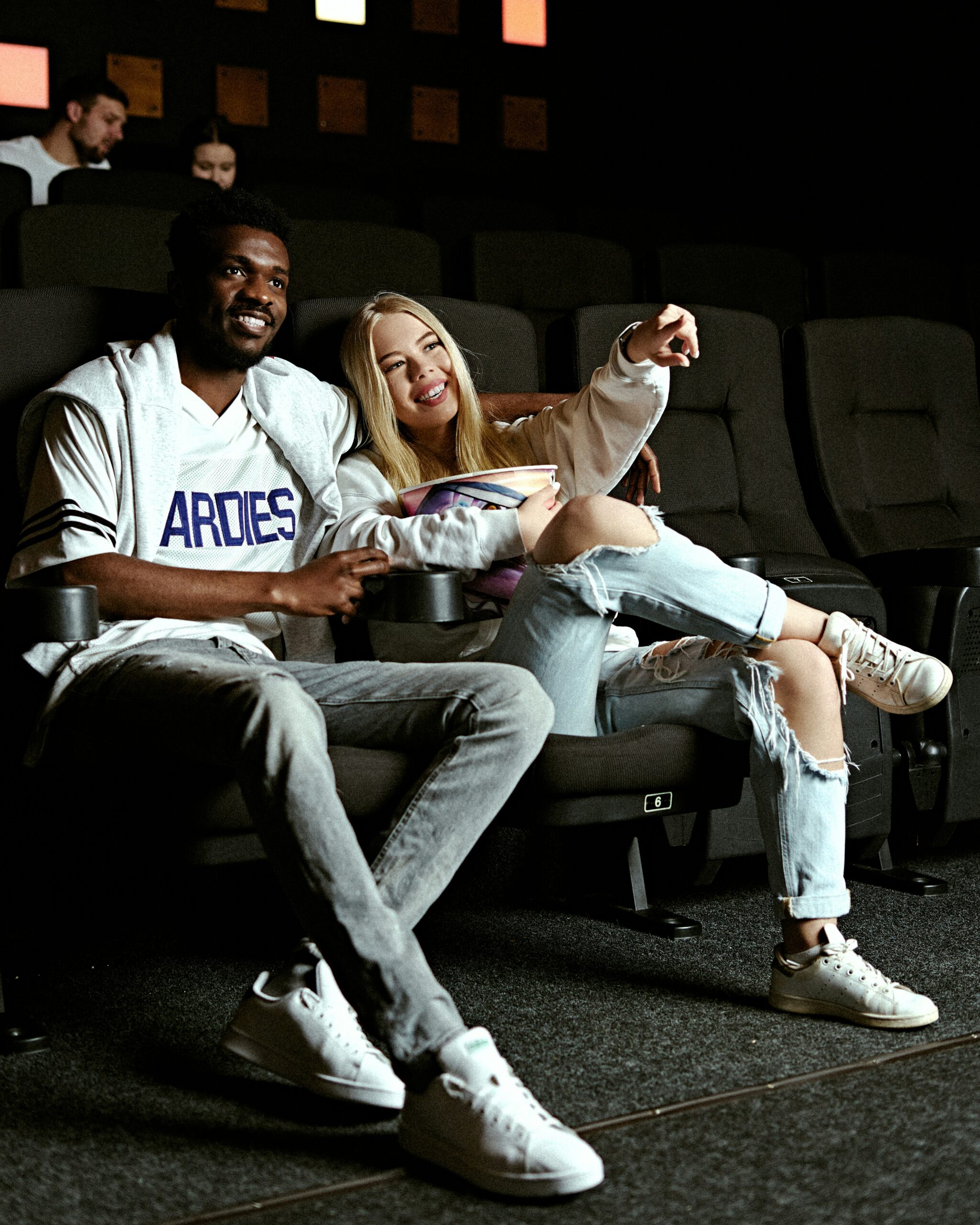
Genres offer filmmakers a blueprint for storytelling, but they can also become predictable if followed too rigidly. To stand out and captivate modern audiences, filmmakers increasingly experiment with genre conventions, blending or subverting established norms to deliver fresh and surprising experiences. However, breaking the mold comes with its own set of challenges. Here’s how you can navigate the evolution of genre to create something truly original.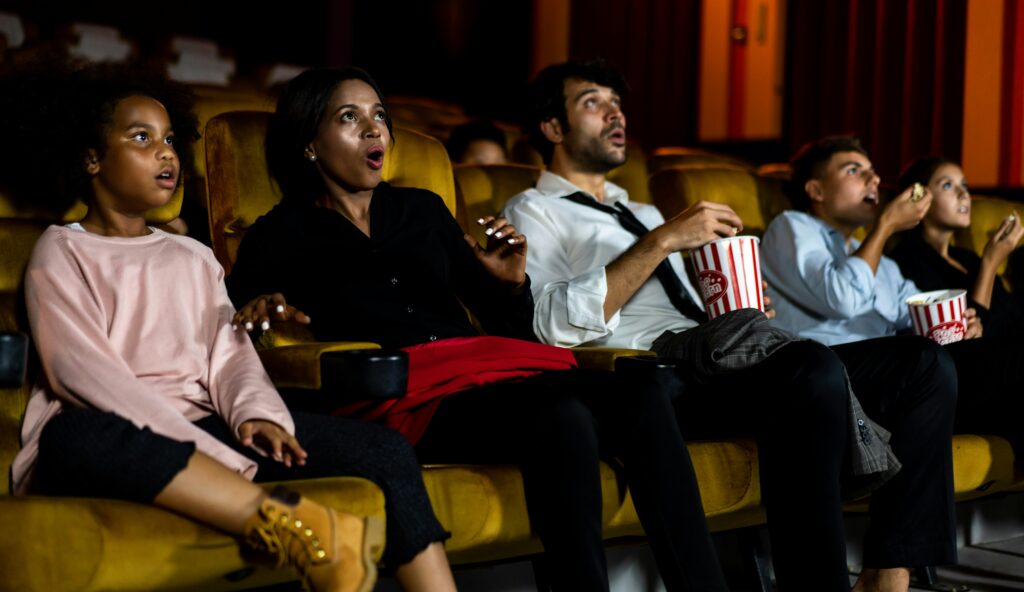
1. Understand the Rules Before Breaking Them
Before subverting genre conventions, you need a deep understanding of them. Audiences have expectations tied to genres—romances promise emotional connections, while horror builds tension and fear. Knowing these tropes allows you to decide which to keep, tweak, or completely upend to create impactful surprises.
Actionable Tip: Study successful genre films to identify their core conventions. For instance, in horror, the “final girl” trope often symbolizes survival. If you’re creating a horror film, consider flipping the trope by making the “final girl” the antagonist.
2. Blend Genres to Add Depth
Blending genres is an effective way to challenge expectations while broadening a story’s appeal. Films like Get Out seamlessly mix horror and social commentary, while Shaun of the Dead combines comedy with zombie horror. These hybrids resonate because they respect the essence of each genre while delivering something unexpected.
Actionable Tip: Identify the emotional beats of your primary genre, then layer in secondary elements. For instance, a drama can incorporate sci-fi elements to explore human relationships in a futuristic setting, like Her did.
3. Subvert Character Archetypes
Audiences often anticipate specific character types within genres, such as the heroic protagonist in action films or the wise mentor in fantasy. Subverting these archetypes can result in compelling narratives. For example, Knives Out turns the classic whodunit genre on its head by revealing key plot points early, making the journey more about “why” than “who.”
Actionable Tip: Write character profiles for your leads and supporting cast, then challenge their roles. Can the villain be sympathetic? Could the mentor be unreliable? By defying expectations, you add complexity and intrigue.
4. Leverage Visual and Tonal Shifts
Genres often carry distinct visual and tonal markers—romantic comedies are bright and cheerful, while noir is dark and brooding. Playing with these elements can surprise audiences and enrich your narrative. For example, Parasite starts as a dark comedy but shifts into thriller territory, creating an emotionally charged experience.
Actionable Tip: Experiment with lighting, color palettes, and sound design to transition between tones or disrupt visual expectations. A colorful, vibrant world juxtaposed with a dark storyline, like in Jojo Rabbit, can create a striking contrast.
5. Balance Risk and Reward
Subverting genre expectations is a bold move, but it risks alienating audiences who expect familiarity. The key is to maintain a balance: innovate while staying true to the core emotional journey that the genre promises. For example, Mad Max: Fury Road redefined action films by focusing on relentless momentum while keeping the stakes and emotional arcs clear.
Actionable Tip: Test your story with trusted collaborators or small audiences. Gauge their reactions to ensure your subversions enhance the experience rather than confuse or frustrate viewers.
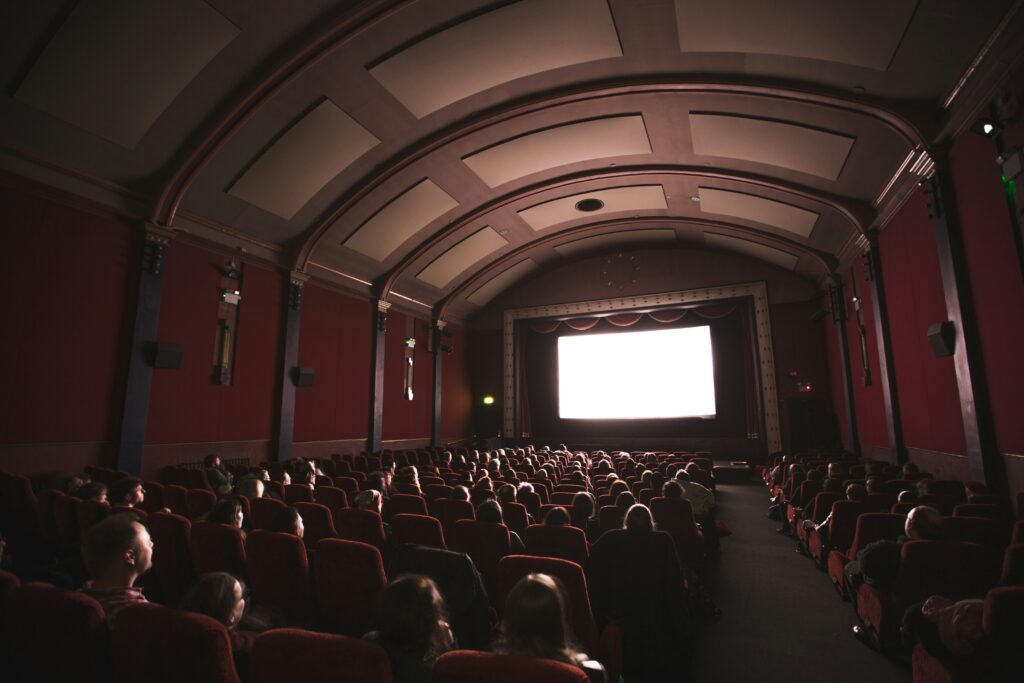
6. Reinvent Timeless Themes
While genres evolve, their core themes—love, fear, ambition, or survival—remain timeless. By addressing these universal themes in innovative ways, you can create works that feel fresh yet deeply relatable. A film like The Shape of Water reinvents the romance genre by pairing a mute woman with an amphibious creature, blending fantasy with profound emotional depth.
Actionable Tip: Start with a universal theme, then brainstorm unique ways to explore it. For example, instead of a typical hero’s journey, could your story revolve around a collective effort or an antihero’s quest?
7. Learn from Genre Masters Who Break the Mold
Many groundbreaking filmmakers have pushed genre boundaries, creating new storytelling paradigms. Directors like Jordan Peele, Bong Joon-ho, and Greta Gerwig challenge conventions without losing sight of the emotional core of their stories. Studying their techniques can inspire your own creative choices.
Actionable Tip: Analyze a few genre-bending films and dissect how they challenge norms. What tropes did they keep or discard? How did they maintain emotional resonance while experimenting? Apply these insights to your project.
Final Thoughts: Evolving Genre with Purpose
Subverting or blending genres isn’t about discarding traditions—it’s about evolving them to reflect contemporary sensibilities. By understanding the essence of genres and pushing their boundaries thoughtfully, you can craft stories that surprise, engage, and resonate deeply with audiences. The key is to innovate without losing sight of the emotional truths that make genres timeless.
Bolanle Media is excited to announce our partnership with The Newbie Film Academy to offer comprehensive courses designed specifically for aspiring screenwriters. Whether you’re just starting out or looking to enhance your skills, our resources will provide you with the tools and knowledge needed to succeed in the competitive world of screenwriting. Join us today to unlock your creative potential and take your first steps toward crafting compelling stories that resonate with audiences. Let’s turn your ideas into impactful scripts together!
-

 News4 weeks ago
News4 weeks agoThe Hemp Village’s Inaugural Brunch: A Celebration of Resilience and Community Spirit
-

 Advice3 weeks ago
Advice3 weeks agoHow Community Engagement Ignites Cultural Phenomena
-

 Advice3 days ago
Advice3 days agoHow to Create Unforgettable Movie Scenes
-
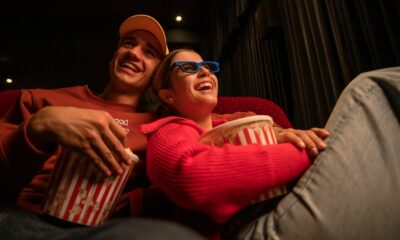
 Advice3 days ago
Advice3 days agoMaster the Art of Film Casting
-
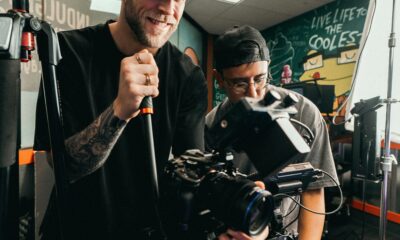
 Advice2 weeks ago
Advice2 weeks agoA Reality Check for Aspiring Filmmakers
-

 Advice3 days ago
Advice3 days agoReinventing Genres: Tips for Filmmakers
-
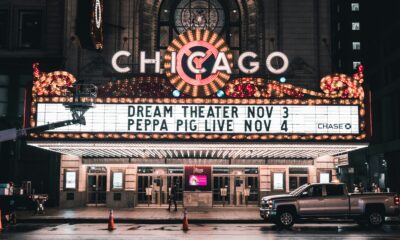
 Advice4 days ago
Advice4 days agoScreenwriting Tips for Aspiring Filmmakers
-

 Advice2 weeks ago
Advice2 weeks agoThe 1% Club: Breaking Into the Elite Circle of Sold Screenplays






